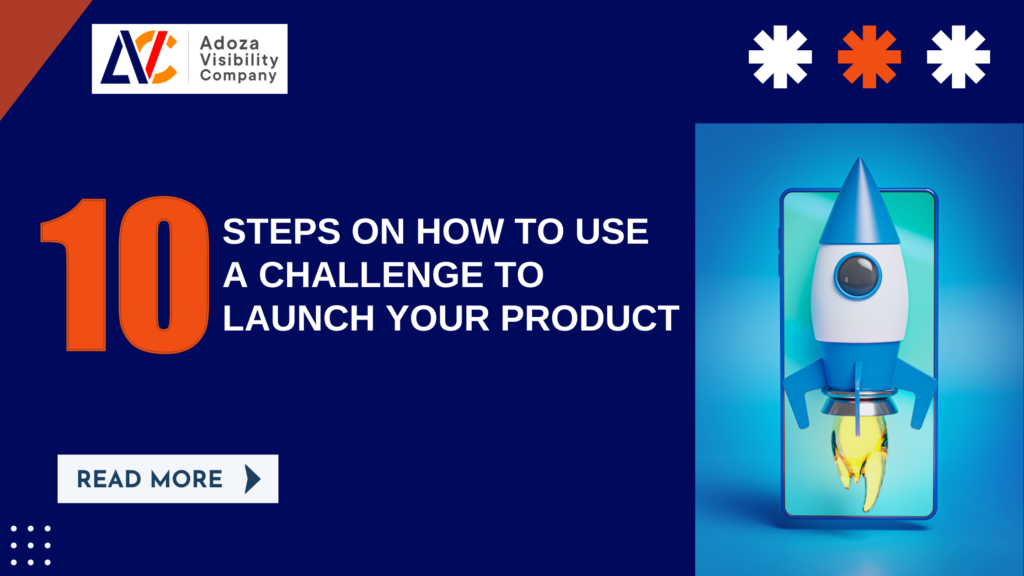
There are different ways to launch a product or program, especially as a coach, mentor or business professional. One of the ways you can launch is by organising a challenge. This is a creative and engaging way to garner interest, build a community and create a buzz around what product or program you are launching. In this article, we would be sharing a step-by-step guide on how to use a challenge to effectively launch your program or product.
10 Step To Step Guide To Using a Challenge To Launch A Product Or Program
1. Define Your Goal And Target Audience
This is the first step to a successful launch. You need to identify what you want to achieve with your product launch and the ideal audience for this program or product. You need to ensure that the product aligns with your target audience’s needs and interests.
For example, the Sambeapp launch is set to help content writers, entrepreneurs and career professionals write engaging and great content. We have clearly defined our goals and know our target audience.
2. Set Clear Objectives For The Challenge
What do you want the challenge to achieve? Do you need product awareness? Do you want to generate leads? Do you want to drive user engagement? Your objectives will define how the challenge will be structured and informs the projection of the launch.
For example, the objective of the Sambe challenge is to drive paid users and build a community of content writers.
3. Design The Challenge
Plan to create a fun, engaging and relevant challenge for your product or program. The challenge should resonate with your target audience and be valuable to the participants. You have to consider if the challenge will be individual or team-based. Also, consider the duration and type of activities to be done during the challenge.
For the Sambe app, there is a content prompt course where the participants can make use of the product to generate content while the challenge is individual-based.
4. Choose The Right Platforms
You need to select the best platforms to host the challenge that is convenient for you and the audience. This should include social platforms, a website, email marketing and other relevant channels that your target audience can be reached and prepped. For Sambe we can set up the Sambe website for the participant to use, host the content like a pro on Google Classroom and use emails for marketing and social media platforms like Instagram, Facebook, Twitter and others.
5. Create Promotional Content
It is important to create attractive promotional materials using graphics, videos, blog posts, and teaser content to create awareness. These promotional materials will highlight what the challenge and product are about, the benefits of participating and how it relates to the program or product launch. For the Sambe launch, we used a lot of designs, and videos to promote the challenge.
6. Set up a Seamless Registration:
You need to create a stress-free registration process for your potential participants of the challenge. Gather the necessary information you need and consider incentives like discounts, and exclusive content for those who register. Also, ensure you make signing up easy and fast. For the Content Like a Pro Challenge, we use a link to collect contact details and had various payment options to ease payment.
7. Provide Support And Resources
Participants should be provided with the necessary resources, tools, and guidelines to help them complete the challenge. There should be support to answer FAQs and personal support through various communication channels.
8. Leverage Influencers
collaboration is a fail-proof strategy that can help you gather more participants than you may not ordinarily have without collaboration. Collaborating with influencers who align with the brand can help promote to their audience. Their endorsement can lend credibility to your brand and widen your reach.
For Sambe , we made use of micro-influencers to widen our reach. Also, you can encourage participants to share their journey on social media using unique hashtags. We also incorporated unique hashtags for active participants to use.
9. Offer Prizes And Rewards
It is great to reward participants for completing the challenge. Enticing prices is a good incentive and motivation for them to stay motivated throughout. This also helps them create a sense of achievement. You can offer cash prices, products, discounts, certificates and so many other.
For the Sambe launch, we offer rewards like laptops, and job opportunities to active and consistent participants. You can incorporate that into your future launch.
10: Collect Feedback
Gather feedback from participants at the end of the challenge to understand what worked well and areas for improvement. This feedback will help you refine and improve your product or program. Also, measure the results you got with the objectives you outlined at the beginning of the challenge to measure success and look out for ways to improve. Metrics to measure are engagement, leads, reach, conversion rates, etc.
In conclusion, using a challenge to launch a product or program is a good strategy. And we believe that the step-by-step guide when implemented will lead to a successful challenge that effectively launches your product or program while building a loyal and engaged community around your brand.
We offer the services of helping you launch your products or programs if you are a career professional transiting into being a coach or a mentor.
